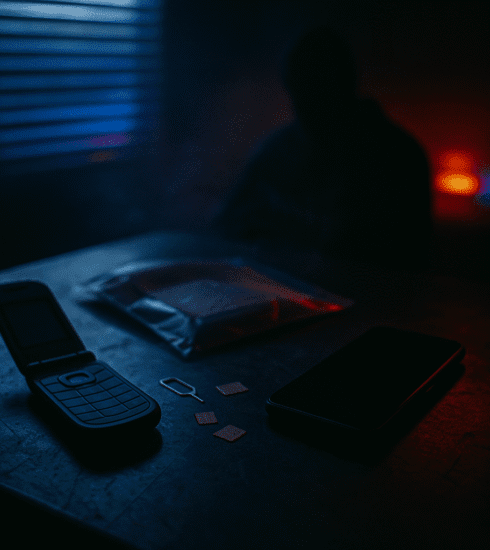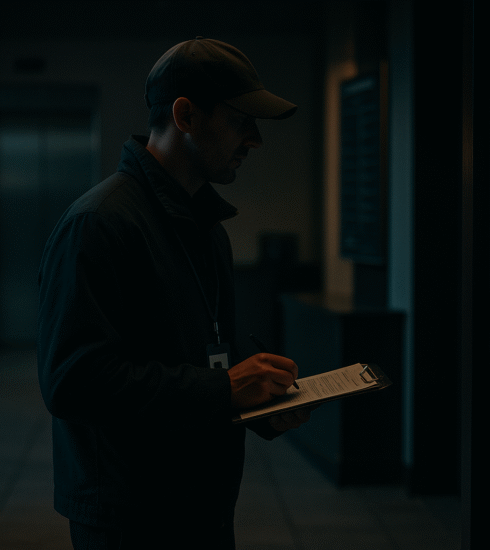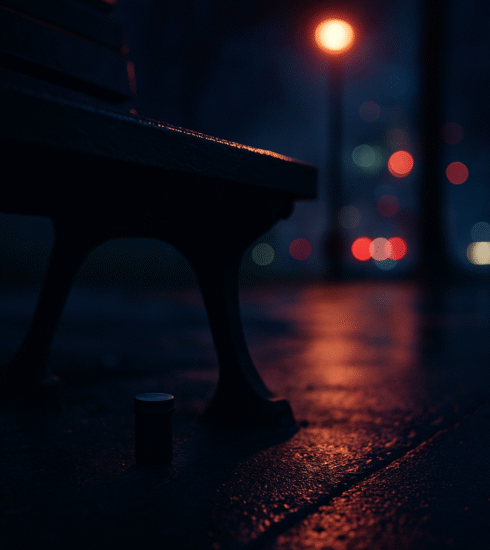EDC, Flashlight Logic, Lumens Candela, Control
Every piece of gear you carry has a purpose, a reason for its inclusion in your daily loadout. The flashlight is no different, yet its role is often misunderstood through marketing hype and technical confusion. Many people grab the brightest light they can find, believing raw power is the ultimate solution to any problem. This approach overlooks the critical factors of application and control. Understanding the logic behind your illumination tool is a fundamental skill. It is about selecting the right light for the right task, every single time. This is the core of effective
Light reveals you as much as it reveals your target. Its application is a decision, not a reaction. Control the light, control the situation.
Decoding the Numbers Game
Manufacturers love to advertise lumen counts as the primary measure of a flashlight’s capability. Lumens represent the total quantity of visible light emitted by the source. A high lumen number indicates a very bright, floody beam that can illuminate a wide area. This is useful for searching a large room or lighting up a campsite. It is not, however, the only number that matters for tactical application.
Candela measures luminous intensity, the concentration of light in a particular direction. Think of it as the punch or throw of the beam. A light with high candela will project a tight, focused hotspot over a much longer distance. This intensity is what allows for positive identification at range and can overcome ambient light. The relationship between lumens and candela defines the beam profile and its practical use.
You must look at both figures to understand what a light can actually do. A light with ten thousand lumens and low candela will produce a massive wall of light useless beyond fifty meters. A light with eight hundred lumens and fifty thousand candela will throw a piercing beam several hundred meters. The application dictates which combination you need. Do not be fooled by lumen marketing alone.
The Physiology of Light and Sight
Using a flashlight effectively requires a basic understanding of how human vision works in low light conditions. Your eyes rely on two types of photoreceptors, rods and cones, to process light. Cones handle color vision and fine detail in well lit conditions. Rods take over in low light, providing monochromatic vision and motion detection but with poor acuity.
When you flood a dark area with white light, you force the cones to work instantly. This provides immediate visual information but comes at a cost. Your pupils constrict rapidly to manage the light intake, destroying your natural night adaptation. The moment you turn the light off, you are plunged into profound temporary blindness. This photobleaching effect can leave you vulnerable for critical seconds.
This is why control and technique are more important than sheer output. You must learn to use light in ways that preserve your own night vision as much as possible. This involves using the minimum amount of light necessary for the task and avoiding shining it directly into reflective surfaces. Understanding these physiological limitations allows you to wield light intelligently instead of just brightly.
Your dark adapted vision is a tactical asset. Do not burn it away with careless light use. Learn to navigate with ambient light and use your tool for confirmation, not crutch.
Interface and Control Under Pressure
The best light in the world is useless if you cannot operate it instinctively under stress. The user interface is arguably more important than any output rating. You must be able to access the mode you need without looking at the light or fumbling with complex sequences. A simple, robust tail switch is often the preferred method for professionals. It allows for positive activation with minimal movement.
Many modern lights offer multiple modes and complex programming. While useful for a civilian, these can be a liability when fine motor skills deteriorate. Your light should have a predictable and consistent activation method. The primary mode accessed from off should be the mode you need most often, typically maximum output. Secondary modes should require a deliberate, distinct action to engage.
Consider the physical design of the light itself. Does it have a aggressive grip texture to prevent slipping with wet or gloved hands. Is it sized appropriately for your hand and your method of carry. Can you activate it with your support hand if necessary. These ergonomic factors contribute directly to your ability to maintain control of the tool when it matters most. Practice accessing and activating your light until it is a subconscious action.
Practical Application and Light Discipline
The context of your environment dictates how you employ your light. Urban and suburban settings are filled with reflective surfaces and ambient light pollution. Using a high candela light in a parking garage can create blinding backscatter that obscures more than it reveals. In these conditions, a wider flood beam used in short bursts may be more effective for navigating and checking corners.
Rural or open areas present a different set of challenges. Here, the ability to project light over distance for positive identification is paramount. A high candela beam is essential for determining if a shape two hundred meters away is an animal or a person. Light discipline is also critical in these environments to avoid giving away your position at extreme distances.
Inside a structure, light becomes both a search tool and a navigational aid. Techniques like slicing the pie around a corner with the light beam can help you clear spaces without exposing yourself. The momentary button is your best friend indoors, allowing for flash techniques to disorient and assess without permanently destroying your night vision. Always know what is behind your target before you illuminate.
Selecting a Tool for the Task
Your primary light should be a versatile tool capable of handling most common scenarios. Look for a robust build quality from a reputable manufacturer known for reliability. The output should be a balanced combination of lumens and candela, perhaps around one thousand lumens with twenty five thousand candela. This provides a useful hotspot with enough spill for peripheral awareness.
Consider a light that uses a standardized battery type, such as a eighteen sixty fifty cell or even two CR123A batteries. Common batteries can be acquired in a pinch from various sources. Proprietary cells leave you vulnerable if you cannot recharge them. Always have a known good spare battery for your primary light stored in a protective case.
A smaller backup light is non negotiable. This can be a single AAA or CR123A light on your person. Its purpose is to get you back to your main gear if your primary light fails or is lost. It does not need multiple modes or extreme output. It needs to work every time you press the switch. Two is one, and one is none, especially for illumination.
Maintenance and Operational Readiness
A flashlight is a mechanical and electrical device that requires regular maintenance to ensure function. Check the physical integrity of the light body and lens for cracks or damage. Ensure the O rings are clean and lightly lubricated to maintain water resistance. Inspect the battery contacts for corrosion and clean them if necessary.
Verify the operation of the switch and the mode memory regularly. A malfunctioning switch is the most common point of failure for any flashlight. Rotate your carry batteries on a schedule, even if you do not use the light frequently. Lithium based batteries have a long shelf life but can still degrade over time.
Your light is only as good as its readiness state. It should be in a known condition, with a known charge level, every time you leave your residence. Do not assume it worked yesterday so it will work today. A ten second check can prevent a critical failure at the worst possible moment. Make this check part of your daily routine, like checking your watch.
Carry your light every day and use it with intention. Understand its capabilities and its limitations as well as you understand your own.





